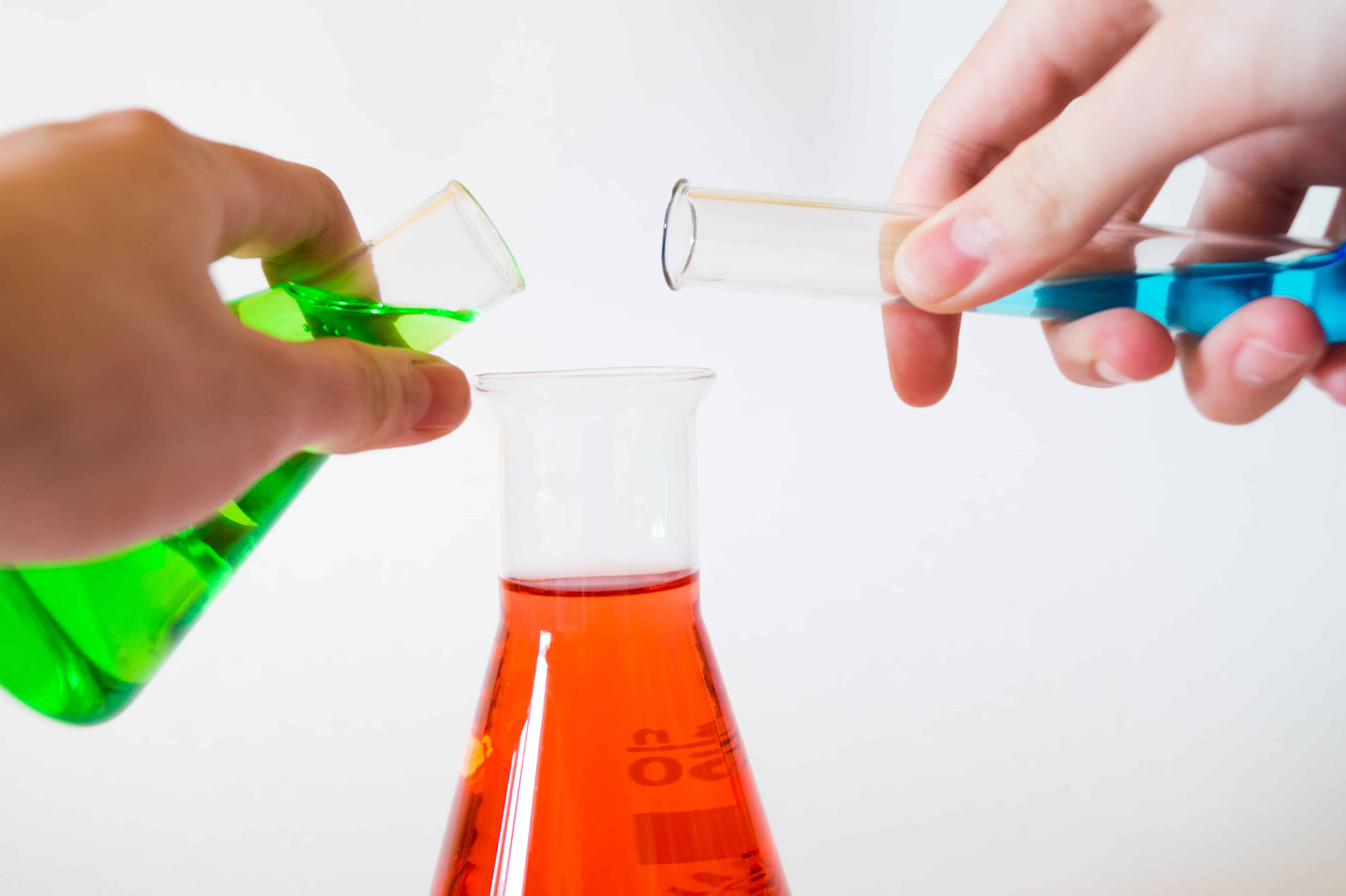First published: 24 January 2022 @ 6:00 pm
3. Homemade Lava Lamp

This is another classic experiment that you can do for fun or to show on science projects. You will need a wide container (water bottle, fish bowl, vase, etc.), food coloring, vegetable oil, water, and antacid tablets.
Fill the container with oil until its 3/4 full. Then, fill the rest with water. Add food coloring depending on what color you want your lava lamp to be. Wait until the food coloring gets to the water part of your mixture.
Finally, drop an antacid tablet in and watch the lava lamp magic start! This is because antacid tablets produce bubbles of carbon dioxide, which move up and down your container because of the differences in water density and oil density.
4. Leaf Chromatography Experiment
For this experiment, you will need a glass jar, paper towels, tape, a blender, rubbing alcohol, and of course, some leaves. You should also have safety goggles ready.
Tear up the leaves to smaller pieces and put them inside the jar. If needed, you can use a blender to get the leaves even smaller. Then, pour rubbing alcohol into the mix until it covers the leaves.
Start dipping some pieces of paper towel into the liquid, and fold them at the top so they don’t fully submerge into the water tainted with color. You can also use the tap to stick the paper towel onto the top of the jar.
Let them sit for a while. You can even leave it overnight. Once the paper towels are dry, take them out and look at all the hidden colors that show on the strips of paper towel.
This experiment simulates how some leaves change colors as seasons change. You can try it out on different leaves in different seasons to collect as many hidden colors as you can!
Share this article with your friends and family who are also looking for 4 Cool Experiments that Can Be Done in a House!

